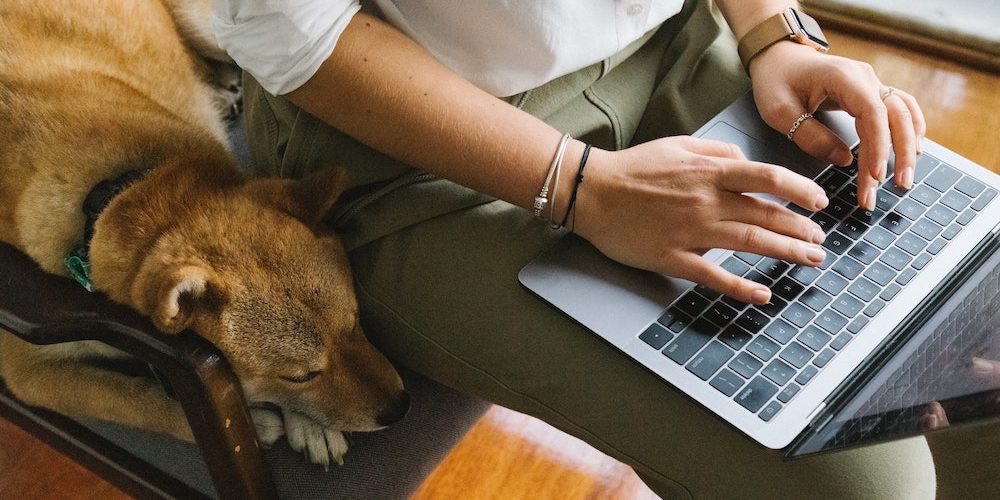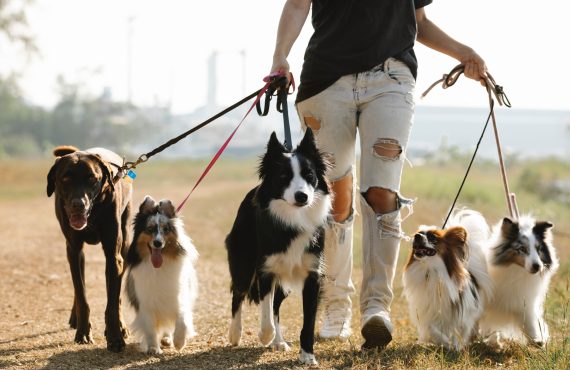Leo&Lucky’s note: this article is written by Dr. Judy Morgan of Naturally Healthy Pets
Staying Focused With Your Dog By Your Desk
Around 41.8% of Americans are currently working remotely, and with research indicating that remote work could form an important part of ‘the new normal’, you could be spending more time with your pooch than ever before. This is great news for Fido and for you, but if your dog barks, feels restless, or insists on climbing up on the chair or desk, it could interfere with your work goals and video calls. Striking the perfect balance is easier than it seems, and it all begins with a nice long walk outdoors.
Why Is Early Exercise Vital For You And Your Dog?
Exercise provides the brain with a big boost, with one study by University of Western Ontario scientists showing that even a short burst of exercise can prime the parts of the brain that help human beings focus and problem-solve. In the study, people who exercised had reaction times of up to 50 milliseconds shorter than pre-exercise values, which represents an impressive 14% gain in cognitive performance. Exercise is also vital for dogs, as it releases pent up energy and anxiety, and puts your dog in a much more relaxed state. If you can schedule in one long walk early in the morning and another one in the afternoon – one that is long enough to enable your dog to enjoy free play, frisbee or ball catching, and other fun activities – you will probably find that your dog’s good behavior will be the reward for your effort.
Scheduling In Training Time
When you work from home with your pooch nearby, games, toys and puzzles can entertain him, but unless he is a champion at catching tennis balls thrown out by a dog ball launcher, then he may get bored after a few minutes of chomping at his Kong toy or favorite stuffed animal. Consistency is important, as is keeping your dog mentally stimulated – something that daily training can achieve. Teach your dog key skills such as sitting, lying down, and rolling over, using Momentum Beef Heart Treats or a homemade snack to motivate him. Once your dog has mastered the basics, you may wish to focus on skills that are specifically helpful to your working life. For instance, you can train your dog not to bark when the doorbell or telephone rings (some dogs get very excited when they hear loud sounds), and how to remain calm and collected when you are attending to someone at the door or on the telephone.
Building An Agility Course
If you have a terrier type dog or any other canine that has lots of excess energy, then two walks a day may not be enough to keep him relaxed for hours on end. An agility course is an excellent way to hone your pooch’s physical fitness while also teaching him how to be patient, follow your requests, and work for treats. You can create an indoor course if the weather outside is cold, using chairs your dog can run beneath, inviting him to jump through a hula hoop and using a mop handle that he can learn to jump over.
Active and anxious dogs usually need plenty of activity to remain calm while you are working. You can help them achieve this state by programming regular walks, ensuring your dog has a chance to run, jump, and enjoy his environment. For super active dogs, both training and agility courses can help them use up energy and feel sleepy, so they can enjoy a nap when you most need to work in a silent space.










